Written by Lorrie Reynolds
Categories
Dogs Need a Remote Reward When Training for Distance
Students often have “duh” moments when they come to my seminars. No, I’m not saying anyone does anything “stupid” there. I’m saying that some of the things I tell them are both common sense AND not explained very often to students.
During the first part of the day, one of the things we talk about is rewards. When we first start teaching our dogs agility, most of us are taught that we want our dogs to pay attention to us and know that everything good comes directly from us. It helps build more value for what we are doing as a team than for things the dog might find in the environment.
There’s only one problem. Once we WANT the dog to start moving away and performing independently, we’ve built a long reward history that includes the dog coming directly to us, or at least close to us, for a reward.
The dog who always plays tug as a reward is incentivized to move toward us. The one who always gets a treat from our hand learns that he needs to be next to us to get a reward.
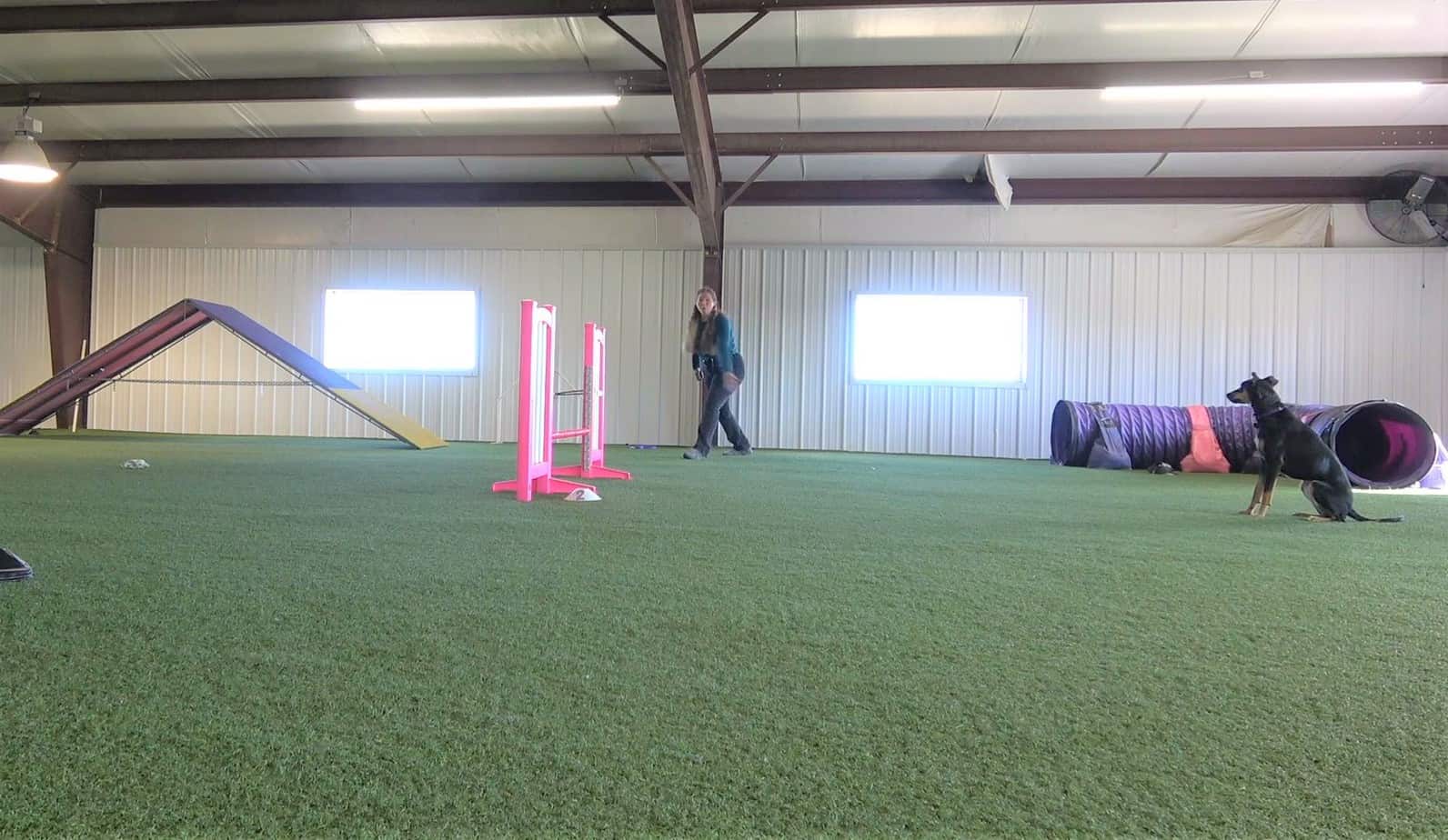
When I see a dog who wants to rush toward the handler after every obstacle or sequence, or who gets tangled up in front of the handler, threatening to trip them up, there’s one question I ask first. “Where and how do you reward your dog?”
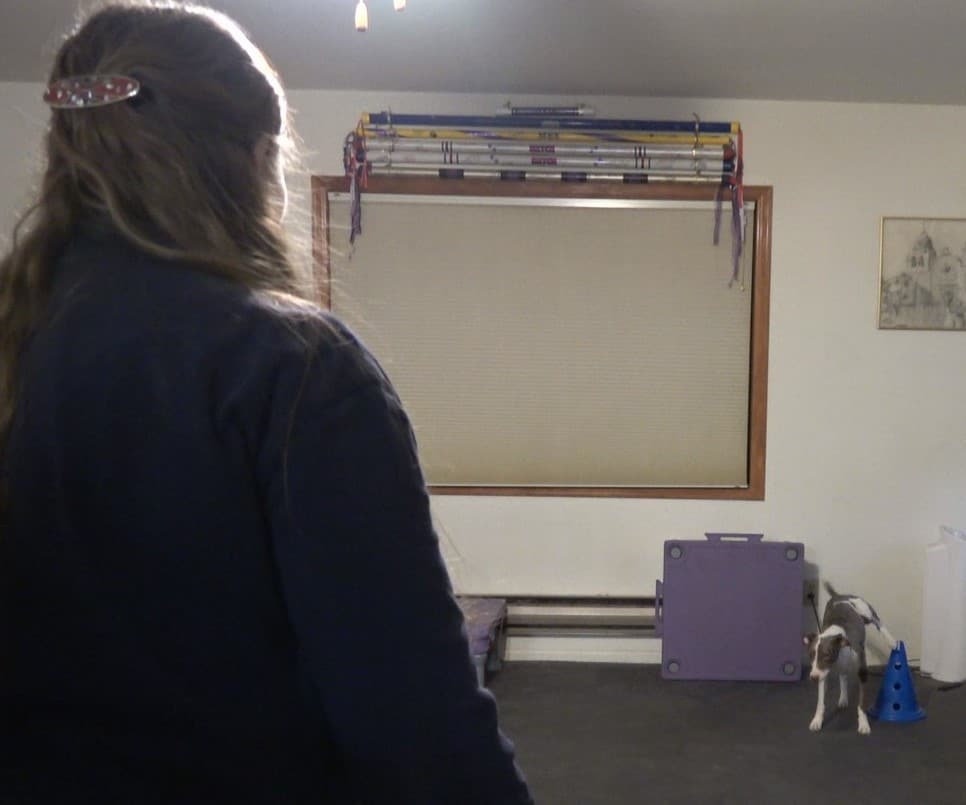
In order to encourage the dog to work away from us, we have to REWARD away from us. That can happen in a variety of ways – a tossed toy or treat, a “dead” toy at the end of the sequence, an empty bowl that we rush to drop food in, etc.
If we always reward close to us, the dog has absolutely no reason to work at a distance. They rush to perform the task they think you are asking for, and come running back to get paid. That little piece of common sense gets someone palm-smacking their forehead every single time I say it. (DUH!)
Today’s Training Tip for Agility and Tricks
If you are trying to increase your dog’s distance on the agility course or for a distance trick, it is vitally important that you reward while the dog is at a distance. If the dog performs a trick 10 feet away or does a series of jumps and you reward when he comes back, he learns that rewards only come when he is next to you, and will have no incentive to work away.
The Agility FUNdamentals for Distance: Foundations and Independent Obstacle Performance online is open for enrollment! Click here to learn more.
You Might Also Like…
Five Ways to Crush It at Your Next Dog Agility Seminar
Going to a dog agility training seminar? Check out these five tips to maximize your return on investment!
Read This Before Deciding on Your Agility Dog’s Contact Performance
Which contact performance, running or stopped, is right for your team? The answer might surprise you.
Is Your Agility Dog a Pinto or a Ferrari?
If you’ve moved up from a slow or moderately-fast agility dog to a speed racer, here’s some advice to make your life easier.
Get tips, stories, discounts, and early notification of events and new courses delivered straight to your inbox! Join the community!
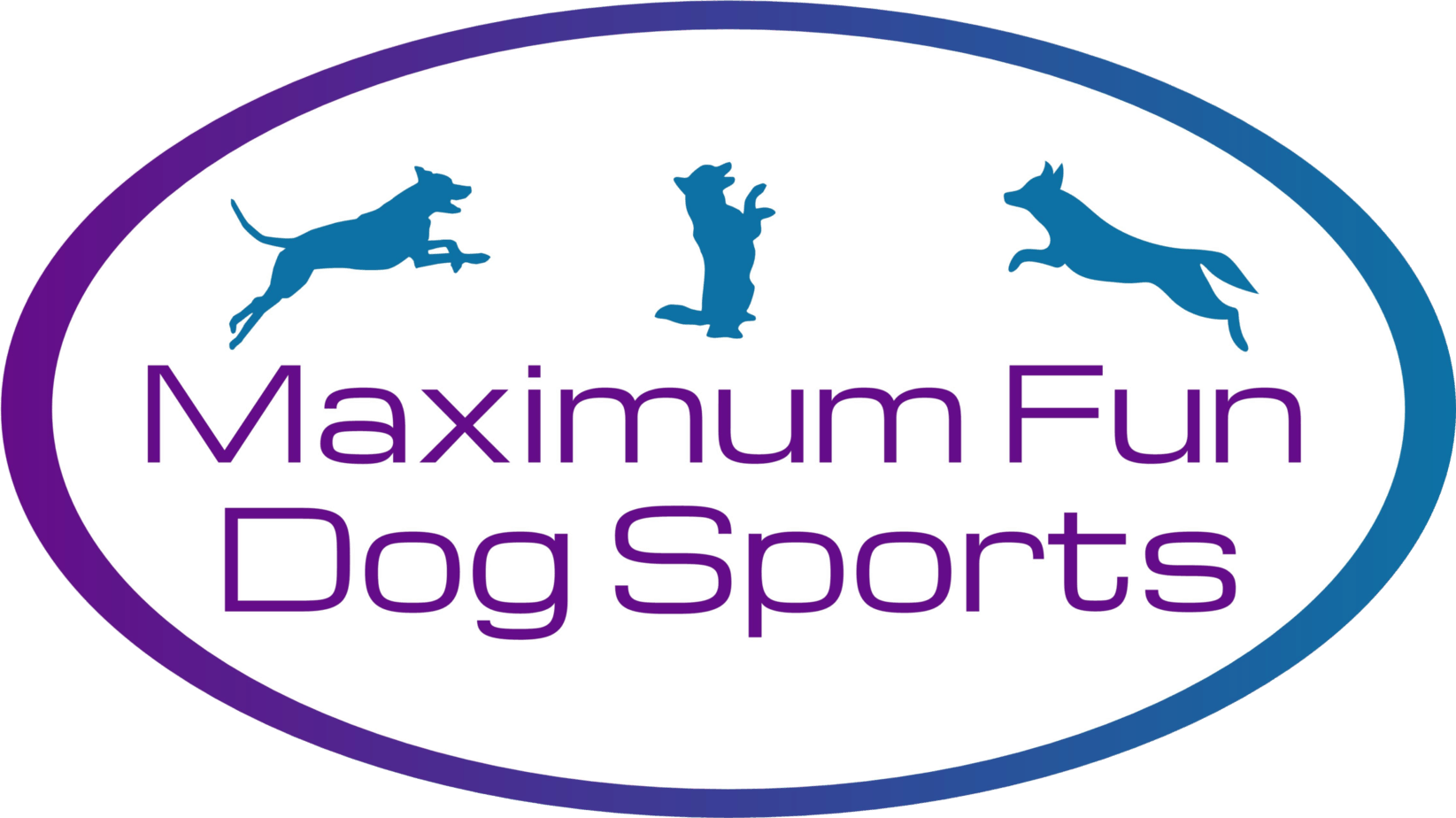
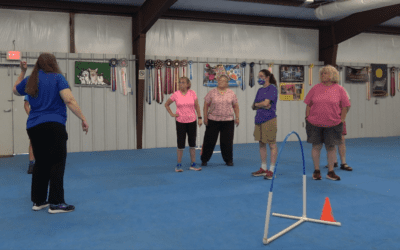
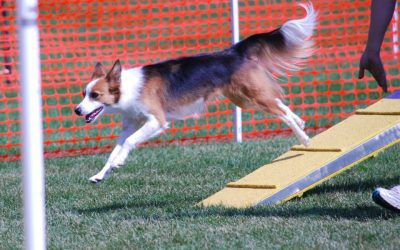
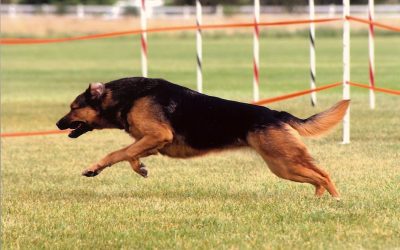
0 Comments